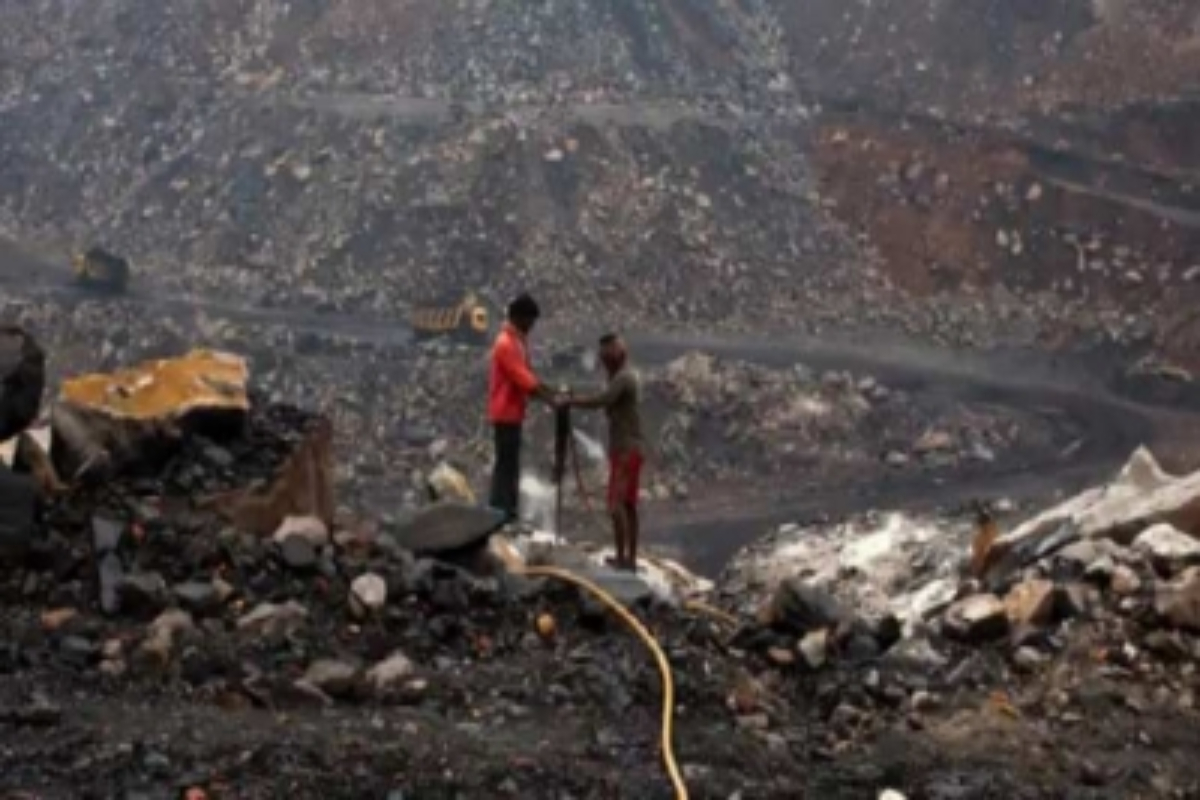The Ministry of Coal has taken a unique initiative to integrate Rail-Sea-Rail (RSR) transportation for the efficient movement of domestic coal.
This multimodal transportation system allows seamless transportation of coal from mines to ports and then to end-users, reducing transportation costs and improving logistic efficiency.
Advertisement
In the financial year 2023, the major coal-producing states such as Odisha, Chhattisgarh, Jharkhand, along with parts of Madhya Pradesh, accounted for about 75 per cent of the total domestic raw coal dispatch. Recognising the need to increase coal production, the Ministry of Coal has projected nearly doubling of coal production in India with a CAGR of ~7.7 per cent by 2030.
To meet the growing demand, a well-planned and efficient coal evacuation system is required. Therefore, the ministry has constituted an Inter-Ministerial Committee (IMC) with the aim of preparing a long-term plan for coal movement in the country.
Currently, railways account for about 55% of coal evacuation, with a target to increase this share to 75 per cent by 2030. The Ministry of Coal is emphasising the need to augment coal evacuation and enhancing alternative routes of evacuation to avoid congestion such as RS/RSR mode by 2030.
The committee has recommended several measures to promote RSR evacuation of coal to reach 112 MT by 2030, from the existing 40MT. This strategy offers multifaceted benefits.
The coastal shipping mode of transportation, which is an economical and eco-friendly system for moving goods, has the potential to revolutionise India’s logistics industry. The ongoing efforts to augment coal evacuation such as RS/RSR, strives to achieve full capacity utilization of the ports along the Southern and Western coasts.
This will enable efficient transportation of more coal to power houses in Gujarat, Maharashtra, Karnataka, Goa, Tamil Nadu, Kerala, and Andhra Pradesh. Initiatives are under way to optimise the costs of delivering coal through RSR. Opting for Rail-Sea-Rail could potentially save around Rs 760-1300 per ton in logistics costs for end users located in Southern India.











